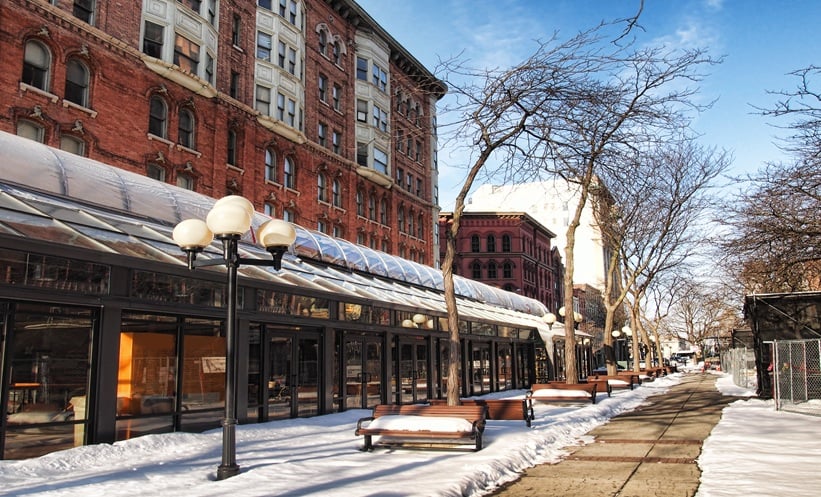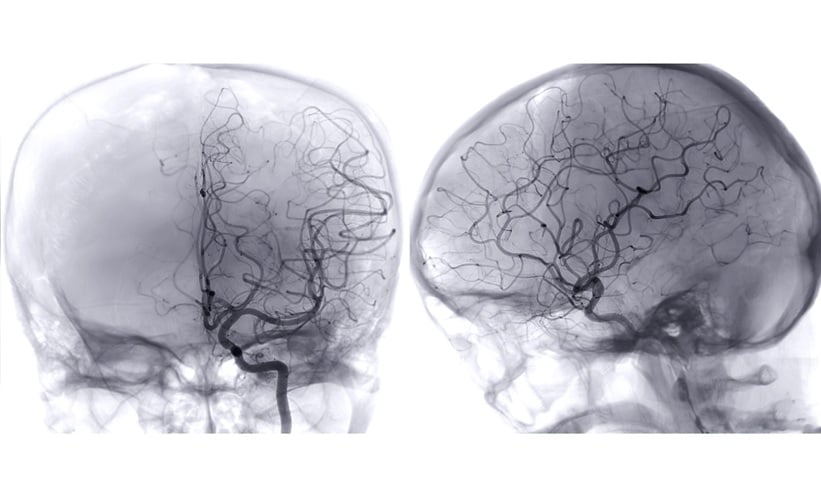SNOW cover light exposure may suppress morning melatonin and improve alertness for residents at northern latitudes.
Snow Cover Light Exposure and Circadian Biology
Modern indoor lifestyles often limit access to natural light, raising concerns about circadian disruption and winter sleepiness in northern regions. This study examined how snow cover, through its high reflectance, modifies natural light exposure and downstream circadian markers in an urban population. The investigators focused on melatonin regulation, wakefulness, and perceived alertness, outcomes that are relevant for clinicians managing patients with seasonal affective disorder or winter related fatigue.
The research was conducted in Uppsala, Sweden at nearly 60 degrees north during midwinter, when daylight is scarce and many adults spend most of the day indoors. In this context, snow cover becomes a potential environmental amplifier of natural light, particularly in the morning, with implications for circadian entrainment and daytime functioning.
Study Design in a Northern Urban Setting
The investigators monitored forty-five adults for two separate winter weeks, one with snow cover and one without. Participants wore actigraphy devices to quantify activity levels and light exposure, kept daily diaries to record sleep timing, sleep quality, mood, and sleepiness, and provided morning saliva samples for melatonin measurement.
Most participants were indoor dwellers, reflecting contemporary urban living patterns. By comparing the snow and no snow weeks within the same individuals, the study isolated the contribution of snow cover light exposure to biological and behavioral outcomes across December and February.
Daytime Alertness Improved, Sleep Mostly Stable
The authors report that indoor residents at northern latitudes struggled to obtain sufficient natural light to support optimal mood and alertness during December and January. When snow was present, however, morning light exposure increased and salivary melatonin concentrations were lower. These changes coincided with greater daytime alertness and higher activity levels across the day, suggesting that enhanced natural light from snow cover can partially counteract winter related sleepiness.
In contrast, snow cover had minimal influence on sleep wake timing, total sleep duration, subjective sleep quality, or daytime mood ratings. The findings indicate that snow cover light exposure may sharpen morning alertness and promote wakefulness without substantially reshaping core sleep parameters.
Implications for Seasonal Symptoms and Practice
For clinicians caring for patients in northern or overcast regions, this work highlights the importance of environmental modifiers of natural light, including snow cover. Snow cover light exposure appears to support circadian alignment and daytime alertness, yet even with snow present, indoor urban populations may still experience limited natural light during midwinter.
The study is constrained by its modest sample size, single city setting, and focus on short term winter observation. Nonetheless, it underscores how relatively small changes in natural light exposure can influence melatonin, wakefulness physiology, and perceived alertness, informing future work on circadian disruption, seasonal affective disorder, and urban lighting design.
Reference: Lowden A et al. The Snowball Effect: Snow cover increases light exposure, suppresses melatonin, and improves alertness in an urban population at northern latitudes. Chronobiol Int. 2025;42(12):1699-1710.







